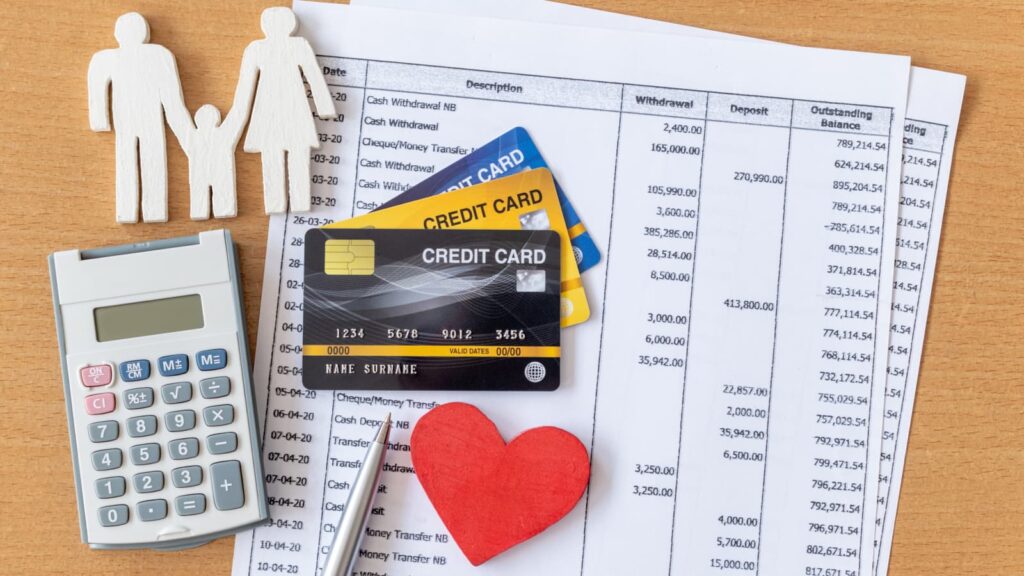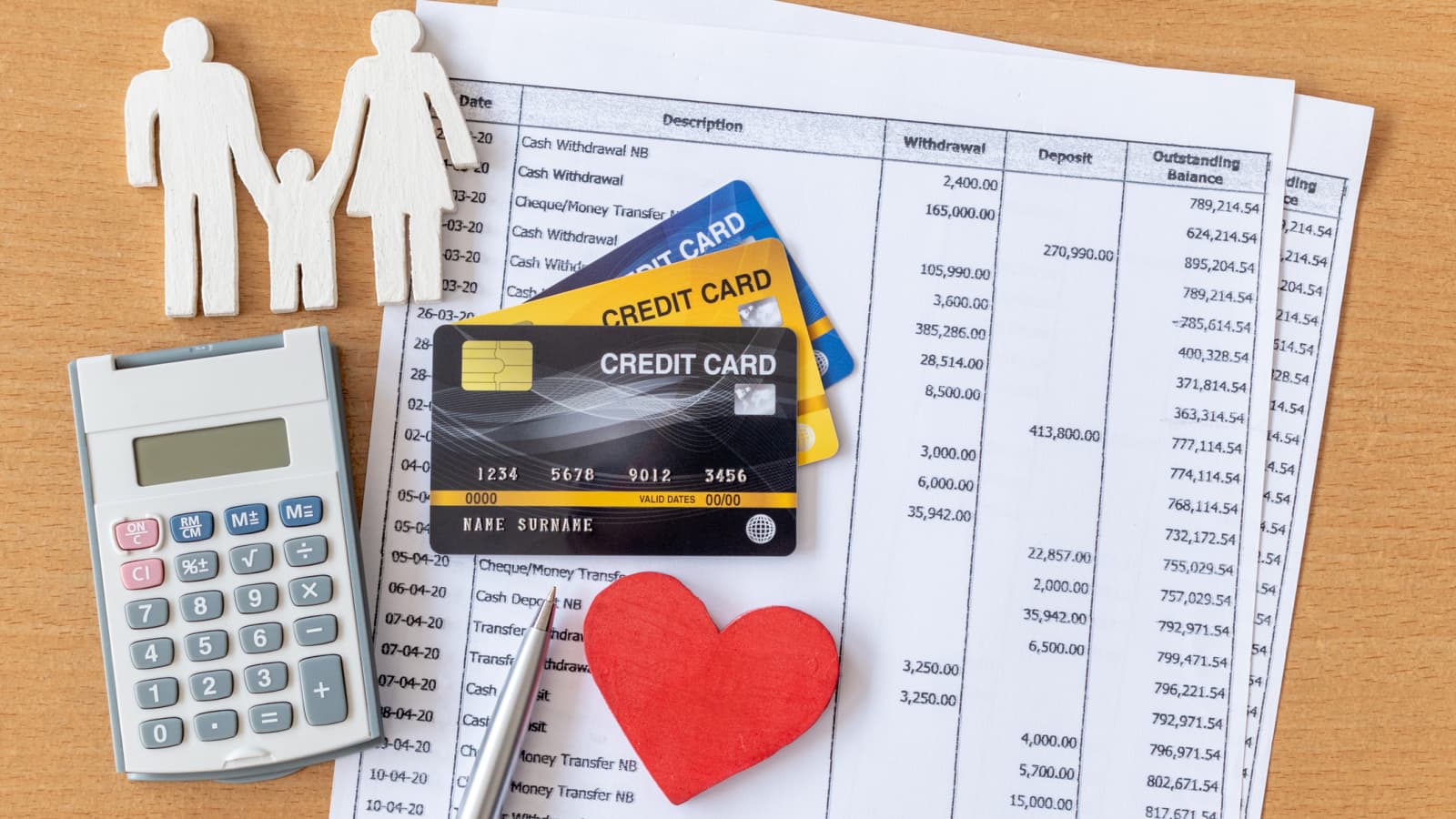
Savings Accounts and Credit Cards: A Comprehensive Guide to Financial Security
In today’s fast-evolving financial landscape, two of the most critical banking tools for individuals and businesses alike are savings accounts and credit cards. Both serve distinct purposes—savings accounts help build financial security and grow wealth over time, whereas credit cards provide financial flexibility and convenience. Understanding their benefits, types, best practices, and latest trends can empower individuals to make informed financial decisions.
This in-depth guide covers all aspects of savings accounts and credit cards, including their features, benefits, risks, and current financial trends in India and globally.
Savings Accounts and Credit Cards: A Comprehensive Guide to Financial Security
Section 1: Understanding Savings Accounts
1.1 What Is a Savings Account?
A savings account is a deposit account held at a financial institution that allows individuals to store their money securely while earning interest on their deposits. It serves as a fundamental financial tool for individuals looking to save money systematically.
1.2 Benefits of a Savings Account
✔️ Security: Keeps money safe from theft or misplacement.
✔️ Liquidity: Allows easy access to funds when needed.
✔️ Interest Earnings: Generates passive income through interest rates.
✔️ Financial Planning: Encourages disciplined savings habits.
✔️ Emergency Fund: Acts as a safety net during financial crises.
1.3 Types of Savings Accounts
- Regular Savings Account – Ideal for individuals looking for a safe place to store money.
- Salary Account – A savings account linked to salary deposits by employers.
- Zero Balance Savings Account – No minimum balance requirement, ideal for students and low-income earners.
- High-Interest Savings Account – Offers higher returns but may require a higher balance.
- Senior Citizen Savings Account – Designed for retirees with higher interest rates and special benefits.
- Women’s Savings Account – Provides exclusive benefits such as cashback, discounts, and higher interest rates.
- Kids/Minor Savings Account – Helps children start saving from an early age with parental control.
1.4 How to Choose the Best Savings Account
When selecting a savings account, consider: ✔️ Interest Rates: Compare rates across different banks.
✔️ Minimum Balance Requirement: Ensure it fits your financial capability.
✔️ Additional Features: Look for online banking, ATM access, and fund transfer options.
✔️ Hidden Fees: Avoid accounts with high maintenance fees.
✔️ Customer Service: Choose a bank with reliable support.
Savings Accounts and Credit Cards: A Comprehensive Guide to Financial Security
Section 2: Understanding Credit Cards
2.1 What Is a Credit Card?
A credit card is a financial instrument that allows users to borrow funds up to a pre-approved limit to make purchases or withdraw cash. The borrowed amount must be repaid within a billing cycle to avoid interest charges.
2.2 Benefits of Credit Cards
✔️ Convenience: Enables cashless transactions.
✔️ Reward Points: Earn cashback, discounts, and travel benefits.
✔️ Building Credit History: Helps improve credit score when used responsibly.
✔️ Emergency Fund: Acts as a financial cushion during emergencies.
✔️ Fraud Protection: Offers security against unauthorized transactions.
2.3 Types of Credit Cards
- Cashback Credit Cards – Provide cashback on purchases.
- Travel Credit Cards – Offer travel rewards, airline miles, and lounge access.
- Fuel Credit Cards – Give discounts on fuel purchases.
- Shopping Credit Cards – Provide special offers on retail and online shopping.
- Student Credit Cards – Low credit limit cards designed for students.
- Business Credit Cards – Help businesses manage expenses and earn rewards.
2.4 How to Choose the Right Credit Card
✔️ Annual Fees: Some cards charge annual maintenance fees.
✔️ Interest Rates: Choose a card with a low APR (Annual Percentage Rate).
✔️ Reward Programs: Select a card that aligns with spending habits.
✔️ Credit Limit: A higher limit offers flexibility but demands responsible usage.
✔️ Foreign Transaction Fees: If you travel frequently, opt for a card with low or no international fees.
Savings Accounts and Credit Cards: A Comprehensive Guide to Financial Security
Section 3: Financial Trends in Savings Accounts and Credit Cards (2024-2025)
3.1 Digital Banking Revolution
The rise of digital banking has transformed how people manage their savings and credit accounts. Mobile banking, AI-driven financial planning, and neobanks are growing rapidly.
3.2 Rise of Contactless Payments
The use of UPI, mobile wallets, and contactless credit cards is increasing, making transactions safer and more convenient.
3.3 Higher Interest Rates on Savings Accounts
Due to inflation and financial reforms, many banks are offering competitive interest rates to attract depositors.
3.4 Buy Now, Pay Later (BNPL) Trend
BNPL services are emerging as an alternative to credit cards, especially among millennials and Gen Z consumers.
3.5 AI and Big Data in Credit Scoring
Financial institutions are leveraging AI to determine creditworthiness, helping users with no traditional credit history obtain credit cards.
Savings Accounts and Credit Cards: A Comprehensive Guide to Financial Security
FAQs
Which bank offers the best savings account interest rates in India?
Interest rates vary across banks. Some of the top banks offering high interest rates include SBI, HDFC, ICICI, Axis Bank, and Kotak Mahindra Bank. Always compare current rates before opening an account.
How can I avoid high credit card interest charges?
To avoid high interest, always pay your credit card bill in full before the due date. Also, choose a card with a low APR and avoid cash withdrawals using your credit card.
What is the best way to maximize credit card rewards?
Select a credit card that aligns with your spending habits. Use your card for regular purchases, pay bills on time, and redeem rewards efficiently to maximize benefits.
Are digital banks safer than traditional banks?
Yes, digital banks use advanced encryption and cybersecurity measures. However, always ensure you use strong passwords and enable two-factor authentication for added security.
Savings Accounts and Credit Cards: A Comprehensive Guide to Financial Security
What are the latest innovations in personal finance management?
Some of the latest innovations include AI-powered financial planning tools, robo-advisors for investments, blockchain-based banking solutions, and digital wallets that integrate budgeting and expense tracking features.
Savings Accounts and Credit Cards: A Comprehensive Guide to Financial Security
Conclusion
Savings accounts and credit cards are essential financial tools that, when used wisely, can improve financial stability and flexibility. With the rise of digital banking, the adoption of AI-driven credit assessment, and changing consumer habits, it’s crucial to stay informed and make choices that align with personal financial goals.
By following best practices and keeping up with trends, individuals can make the most of their banking experience while securing their financial future.
Savings Accounts and Credit Cards: A Comprehensive Guide to Financial Security

Leave a Reply